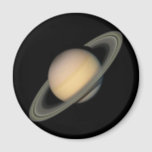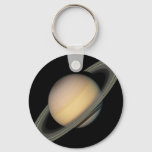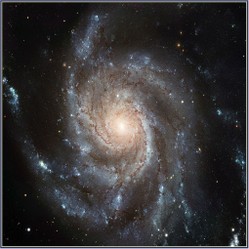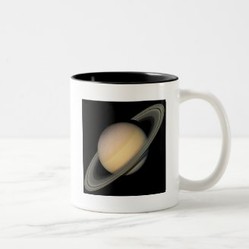Some years ago our college was adding an elementary education program, and we had to assure that certain things would be taught in our courses. Our physical science courses had hundreds of things in the list, and among them were the how did it happen questions. We had to include current theory of how the universe, the galaxy, the solar system, the earth and other planets, and the moon came about. As the only physicist on the faculty these were things I had to incorporate into our courses.
After reading and writing online, I realize there is indeed an interest in these topics, so I shall share with you what we think. We have no way to actually know any of these things.
I will present what is current, and I do believe creation is at the very beginning, and I understand that we will not all agree to the facts. Some religions have difficulty with the time scale of events. I am Catholic, and see no contradiction with current science. However, if you believe the Earth was created first, and everything came about in six days you will not be able to accept these things. And, we may respectfully disagree.
The introduction image is allowed by an affiliate program.













 Multivariable Calculus: Gradient, Divergence, and Curl17 days ago
Multivariable Calculus: Gradient, Divergence, and Curl17 days ago
 UAPs, Formerly UFOs, If They Are Real How Can We Explain Their Arrival to Earth?18 days ago
UAPs, Formerly UFOs, If They Are Real How Can We Explain Their Arrival to Earth?18 days ago
 Polar Coordinate System20 days ago
Polar Coordinate System20 days ago
 Aurora Can Disrupt Electrical Devices And Even the Grid?21 days ago
Aurora Can Disrupt Electrical Devices And Even the Grid?21 days ago



Comments